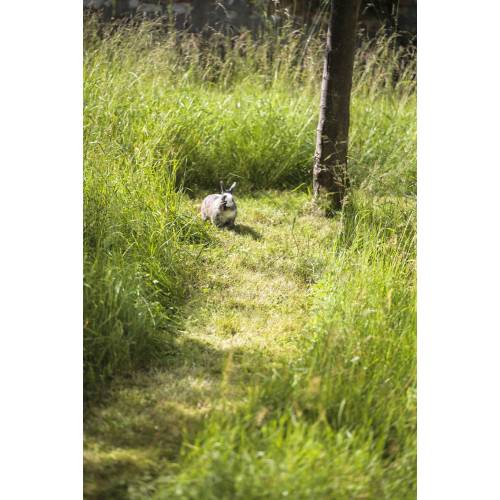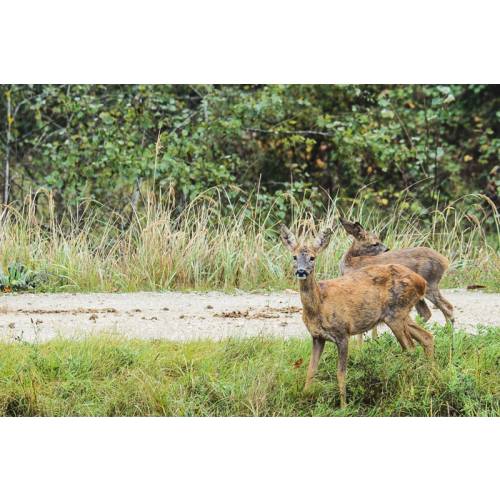
Plant Bugs
How to protect trees against plant bugs ?
- Details
-
Even in town, it happens that animals start gnawing on young trees' bark, inflicting severe wounds. The best solution is always a physical one.
From roes to rats, numerous enemies
The height of the wounds gives good indications on the origin of the damage. At a height of more than 30cm, it is probably roes (indeed deer if higher than 1.20m). The wound is then irregular, the bark torn off in strips or showing traces of big teeth. Between 30cm and 10cm, it's particularly the rabbits that are incriminated (the incisions are deep) and below, the Mole rat (superficial incisions and particularly on young, tender bark). But the country mouse (the black rat) can also gnaw on the bark up to a certain height in climbing on the branches. It provokes incisions which look like the Mole rat's incisions.
The most sensitive plants
Plants which have rather tender and edible bark are the favourite target of rodents. The Pine and the Apple tree are the most frequently attacked, but practically all plants, even thorny can be damaged. The older a plant gets and the less it will get attacked as its bark hardens and it has more tannin, a natural repellent.
The most efficient methods… if they are targeted effectively
The protection of a plant requires good knowledge of the animal which has attacked it or which animal is likely to do so. Roes for example are rapidly spreading, including in urban areas. In places where the land is not fenced up, it can create a lot of damage, like rabbits. Country mice are more active in areas which have dry summers as bark quenches their thirst. Mole rats are more abundant near stumps or slabs. All of them being nocturnal, the previous clues are going to be invaluable to take the right measures.
Against roes and rabbits
The best solution, although unsightly, is to wrap the plant with a protective sleeve which goes up to 50cm to fight off rabbits and 1.20m to fight off roes. If the rabbits are abundant, think about encircle the part which needs protection with a fine, meshed wire (also called aviary mesh wire), burying part of in the ground. Rabbits do not jump above it and do not insist too much to get below it either, except in sandy soil. Some foul smelling, danger-free repellents do exist but they are not 100% efficient and they lose their capacities rapidly.
Against other rodents
As country-mice and Mole-rats manage to get through protective meshes climbing or getting around them with underground tunnels, surround trees' trunks with a protective band like hessian or supple canvas; this is the best way of protecting them.
Heal the wounds
There is no other solution to treat the wounds inflicted by rodents than applying a healing paste or Bordeaux mixture (fungicide). The trees which have lost bark on the entire trunk's circumference are in danger of dying. You then will have to water and prune those plants to help them recover. - Photos (5)





